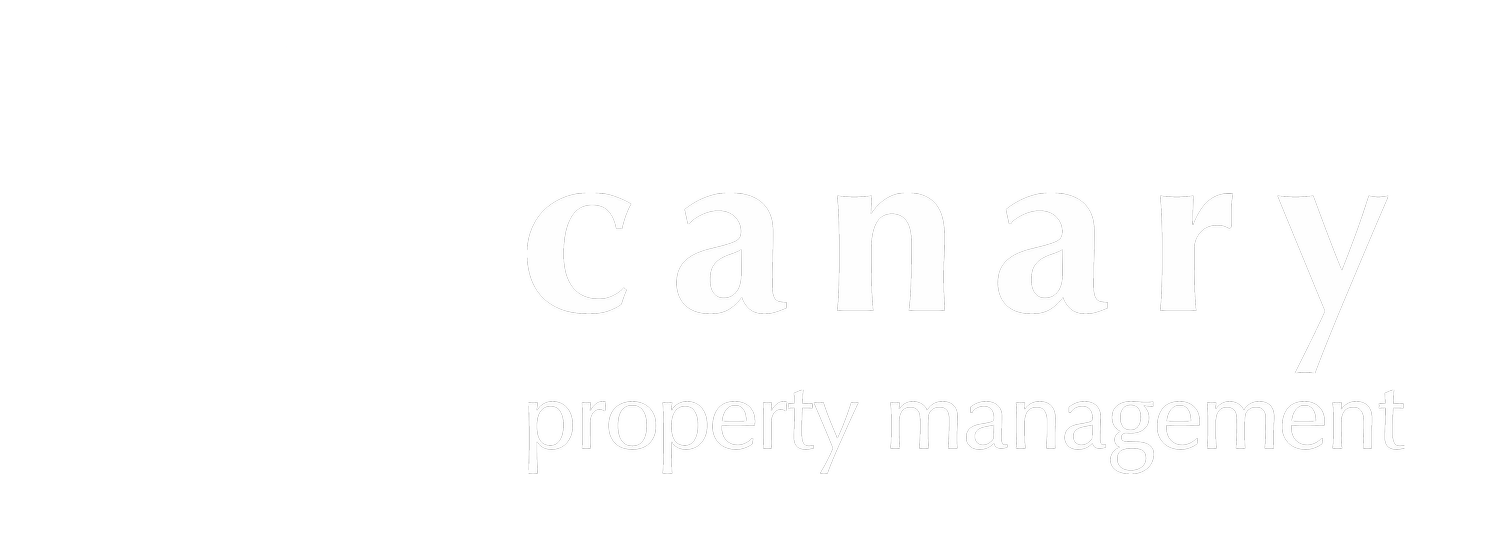Critical Need for Enhanced Residential Security
In the ever-evolving landscape of residential property management, one aspect stands paramount—security. Ensuring the safety and security of properties under management is not just a responsibility but a cornerstone of trust between property managers and their tenants. This blog post delves into the critical measures that can be undertaken to bolster the security of residential properties, encompassing surveillance systems, secure entry protocols, and the importance of tenant education on safety awareness.
Understanding the Landscape of Residential Property Security
The security landscape for residential properties is multifaceted, involving physical barriers, electronic surveillance, and the human element. Recognizing the evolving threats faced by properties today, it's imperative to adopt a comprehensive approach to security that addresses potential vulnerabilities head-on.
Implementing Surveillance Systems for Round-the-Clock Monitoring
Surveillance systems are a cornerstone of modern property security, offering real-time monitoring capabilities that can deter criminal activity and aid in rapid response to incidents. Key components of effective surveillance include:
High-definition Cameras: Deploying high-resolution cameras around the perimeter and common areas can capture clear images for identification purposes.
Motion Detection Sensors: These sensors can trigger alerts for unauthorized movement, allowing for immediate investigation and response.
Integration with Access Control Systems: Combining surveillance with access control ensures that only authorized individuals can enter secured areas, adding an extra layer of security.
Establishing Secure Entry Protocols
Secure entry protocols are crucial for controlling access to properties and preventing unauthorized entry. Implementing the following measures can significantly enhance property security:
Electronic Access Control Systems: Replacing traditional keys with access cards or biometric readers can limit access to specific individuals and log entries for audit purposes.
Intercom Systems: Installing intercoms at entrances allows for verification of visitors before granting access, adding an additional layer of security.
Locking Policies: Enforcing policies that require doors to be locked outside of designated hours can prevent unauthorized access during off-peak times.
Educating Tenants on Safety Awareness
While physical security measures are essential, the human element plays a critical role in maintaining a secure environment. Educating tenants on safety awareness can empower them to contribute to the overall security of the property:
Safety Training Sessions: Conduct regular training sessions to educate tenants on emergency procedures, recognizing suspicious behavior, and reporting security concerns.
Community Engagement: Encourage a sense of community among tenants, as neighbors often serve as the eyes and ears of the property, alerting management to potential security issues.
Emergency Preparedness: Ensure tenants are equipped with emergency kits and know the location of fire extinguishers, first aid supplies, and emergency exits.
Conclusion
Securing residential properties requires a holistic approach that combines advanced technology with proactive tenant engagement. By implementing state-of-the-art surveillance systems, establishing secure entry protocols, and educating tenants on safety awareness, property managers can create a safer environment for all inhabitants. As the threat landscape evolves, so too must our security measures, ensuring that our properties remain vigilant against potential threats.

